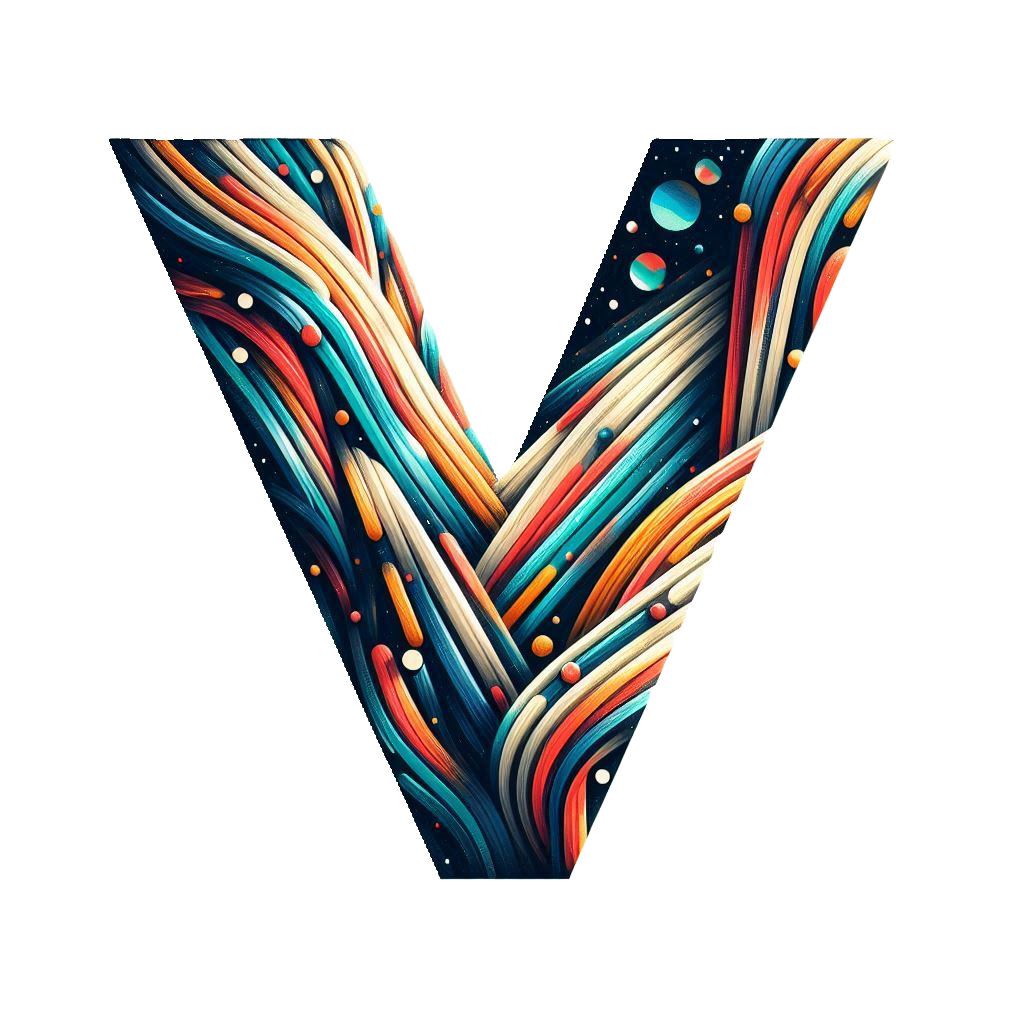Can AI Replace Human Translators? Exploring the Challenges and Confusion in Language Translation Technology

Can AI Replace Translators? Perspectives from the Industry
Source: The Guardian
Recent Developments in AI Translation
- A Dutch publisher, Veen Bosch & Keuning, plans to utilize AI for translating commercial fiction, sparking controversy among authors and translators.
- Industry professionals express concerns over the implications of using AI in literary translation, questioning its ability to capture cultural nuance and sensitivity.
The Craft of Translation
- Translators highlight that their work involves more than just converting text; they act as cultural bridges and artists.
- Michele Hutchison, an award-winning translator, emphasizes the importance of conveying rhythm, poetry, and cultural elements in translations.
Challenges with AI Translation
- Though AI translation tools have advanced, they often fall short in handling literary subtleties and cultural contexts.
- AI-generated translations require careful editing by proficient bilingual individuals, which raises questions about the efficiency and purpose of using AI at all.
Potential Benefits and Limitations
- Some argue AI could aid in translating works from minority languages, increasing their visibility and audience.
- In specific contexts, like video game localization, AI may help reduce costs but still face limitations in capturing nuance.
Distinguishing Utility from Artistry
- While AI may serve as a useful tool for basic translation tasks, it lacks the creative insight of human translators, who are often viewed as artists.
- Translators like Juno Dawson advocate for transparency about their craft, highlighting the artistry involved in their work.
Conclusion: Voice of Concern in the Industry
- As AI's role in translation grows, industry professionals feel the need to vocalize what constitutes quality translation.
- They aim to distinguish between mechanical translation tools and the intricate, culturally rich work that true translation entails.



:format(webp)/cdn.vox-cdn.com/uploads/chorus_asset/file/25820626/geforce_rtx_5090_key_visual.jpg)